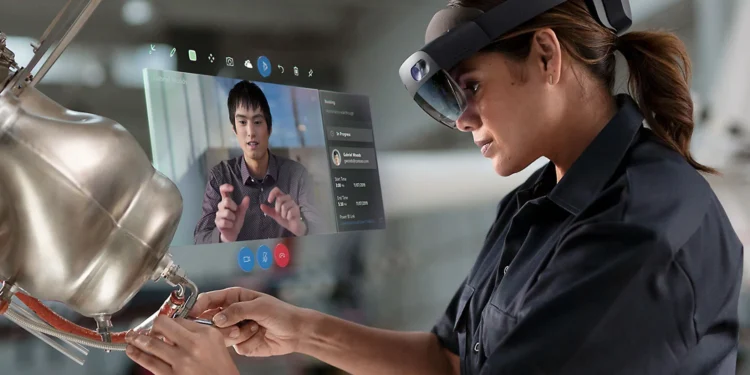As the tech world buzzes with the latest developments in augmented reality (AR), a notable silence emanates from one of the pioneers in the space. Microsoft, once a frontrunner with its HoloLens 2, has opted to discontinue this iconic headset without plans for a direct successor. This decision casts a shadow over the future of Microsoft in the augmented reality arena, especially amidst vigorous advancements by competitors like Meta and Snap.
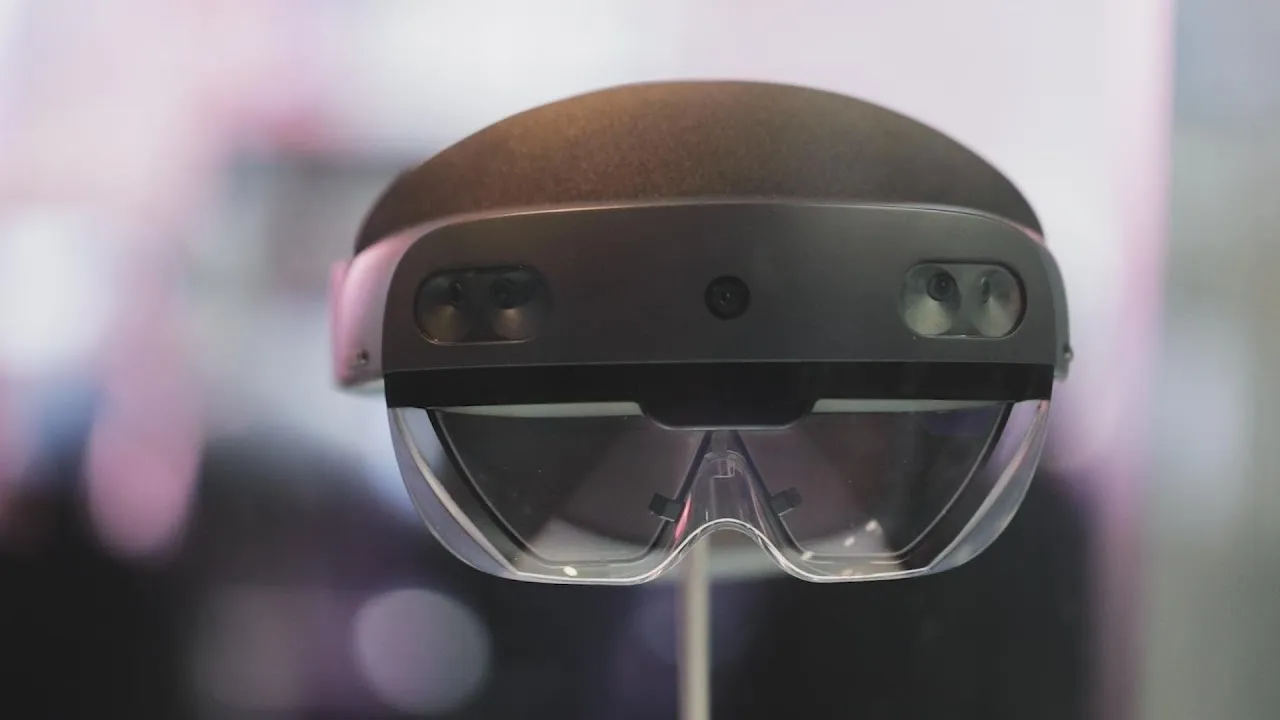
Microsoft Bids Adieu to HoloLens 2
Introduced five years ago, the HoloLens 2 was heralded as a significant leap forward in enterprise AR technology. Its discontinuation marks the end of an era for Microsoft’s ambitious AR endeavours. Potential buyers have a limited window to purchase the remaining units before they vanish from the shelves forever. According to a recent statement to UploadVR, Microsoft remains committed to supporting existing HoloLens 2 devices with necessary security updates and software support until the end of 2027. This ongoing support ensures that current users can continue to utilize their devices securely, even as the product itself fades from the market.
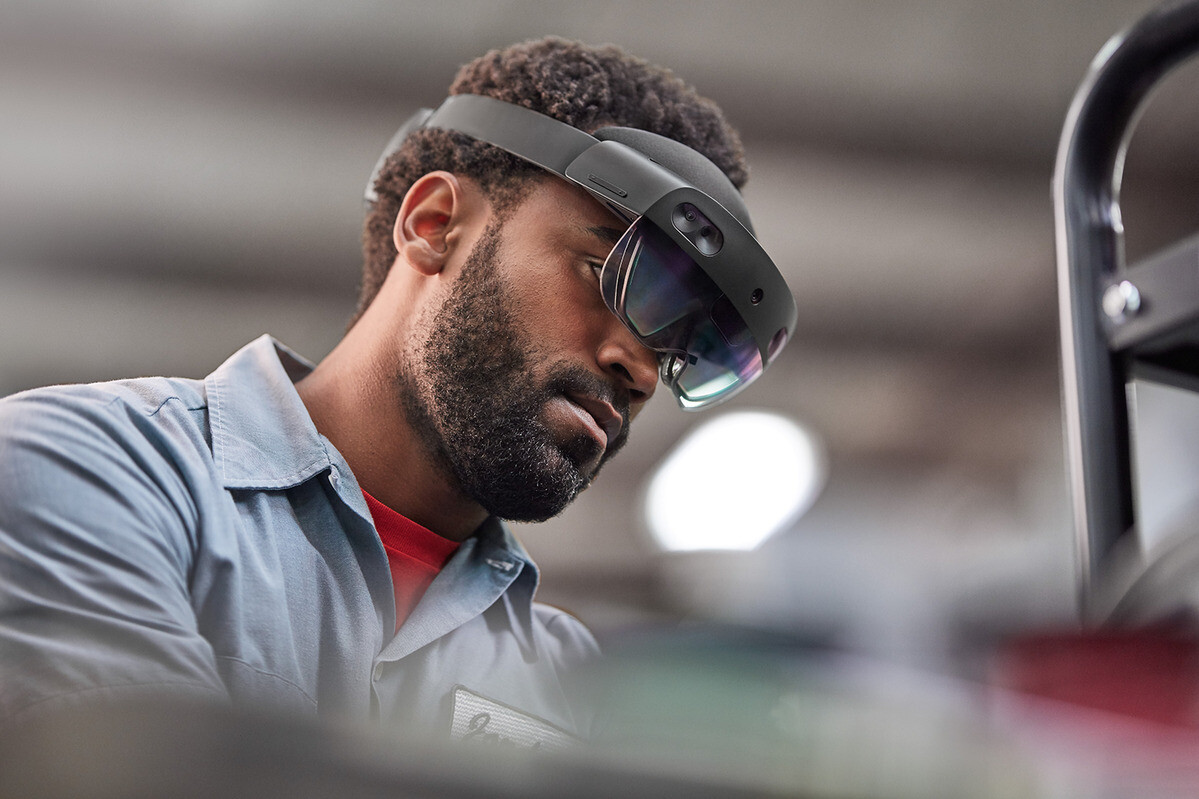
A Future Uncertain: Will There Be a HoloLens 3?
The discontinuation of HoloLens 2 raises questions about what’s next for Microsoft in the AR landscape. Despite their early lead and strong footing in enterprise AR, Microsoft has not confirmed any plans for a new AR headset. This lack of confirmation comes at a time when rumours about potential new AR products have failed to materialize, further compounded by the company’s recent downsizing.
As industry giants like Apple, Magic Leap, and Meta aggressively pursue advancements in AR technology, Microsoft’s silence on the future of HoloLens seems conspicuous. The tech community had anticipated that Microsoft would build on its initial successes and continue to innovate in a field that is rapidly evolving and attracting significant investment.
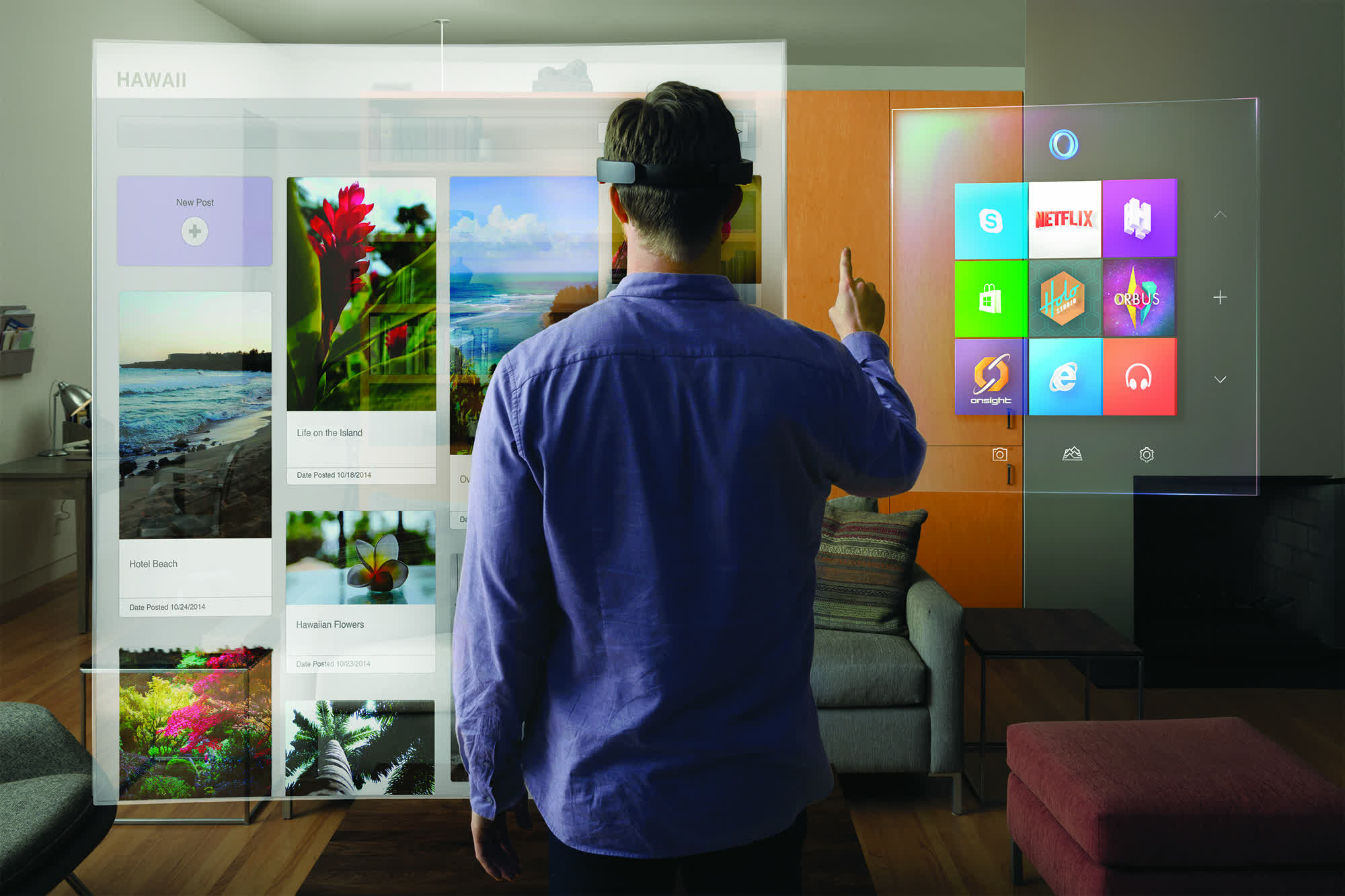
Analyzing the AR Market: Competition Intensifies
The AR market continues to grow, with applications expanding beyond entertainment to include industrial, educational, and commercial uses. Companies like Meta and Snap have made significant announcements that promise to enhance user experiences and expand the capabilities of AR technology. In contrast, Microsoft’s decision to step back from an immediate continuation of the HoloLens line suggests a strategic recalibration or a shift in focus towards other technological fronts.
As the landscape of AR technology changes, the demand for innovative solutions increases. Microsoft’s early contributions to this field with HoloLens 2 will not be forgotten, but the tech community remains eager to see if the company will re-enter the race with a new product that pushes the boundaries of augmented reality.
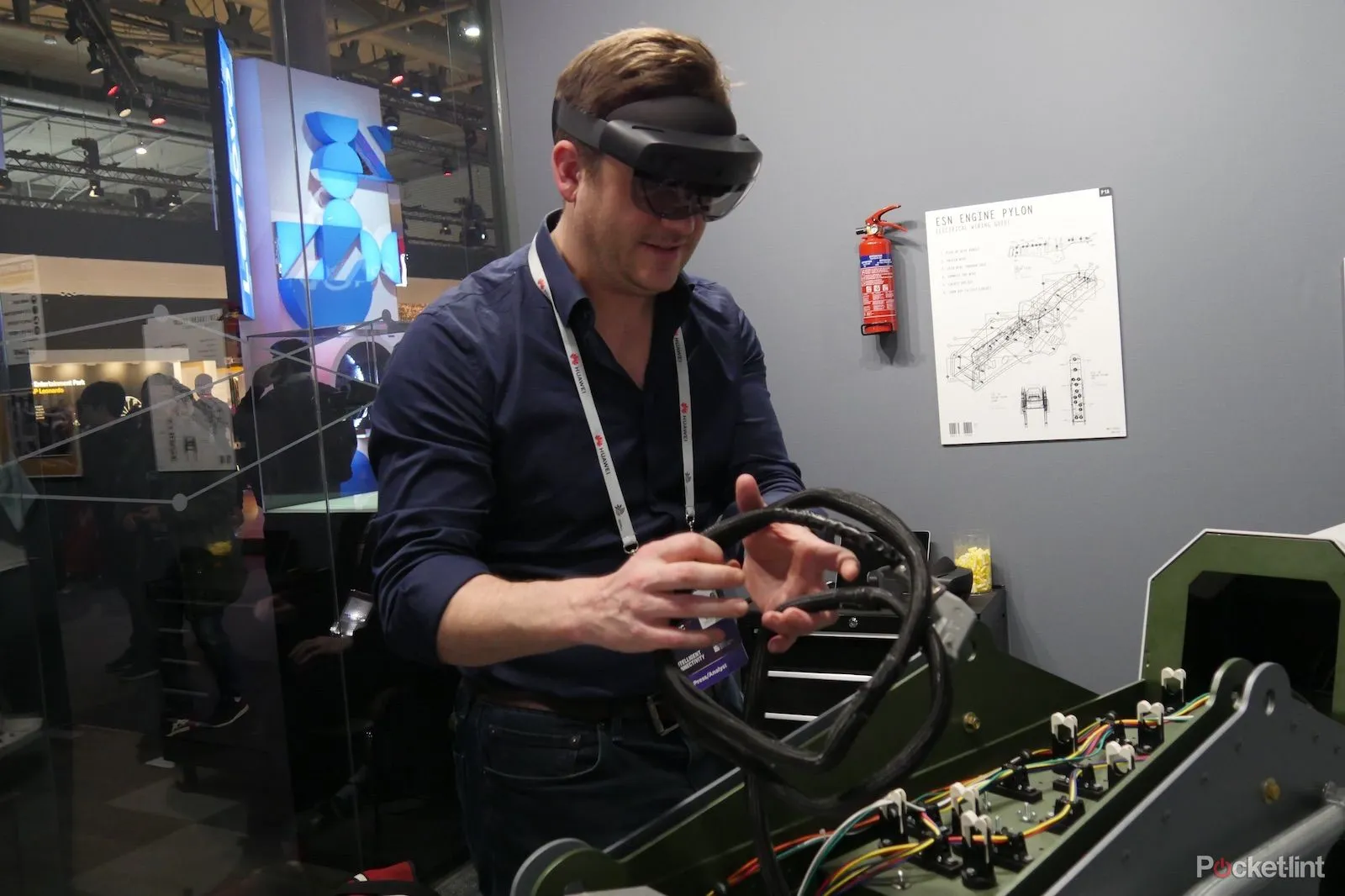
While the curtain slowly closes on the HoloLens 2, the AR sector continues to surge forward with or without Microsoft’s active participation. The future of AR is bright, with endless possibilities and continuous innovation. Industry watchers will be keeping a close eye on Microsoft, waiting to see if they will reclaim their position on the cutting edge of AR technology or if they will let the other tech giants lead the way into the next generation of augmented reality experiences.

